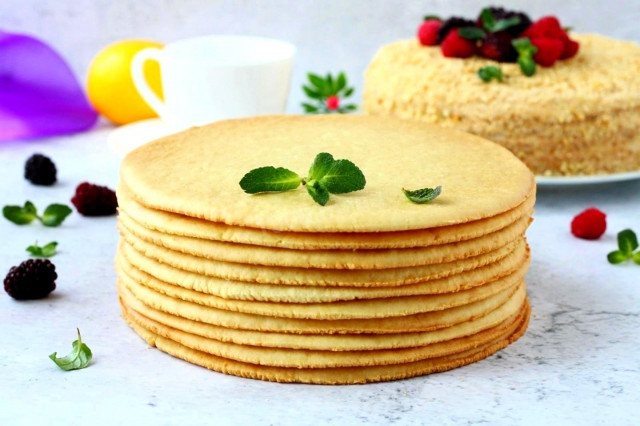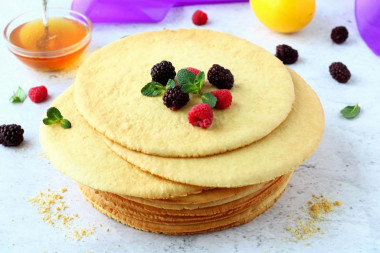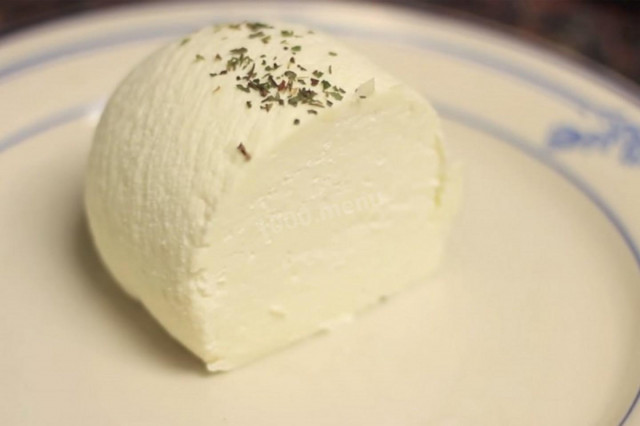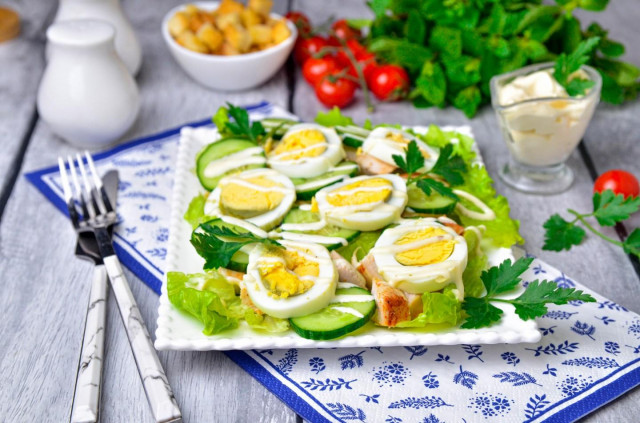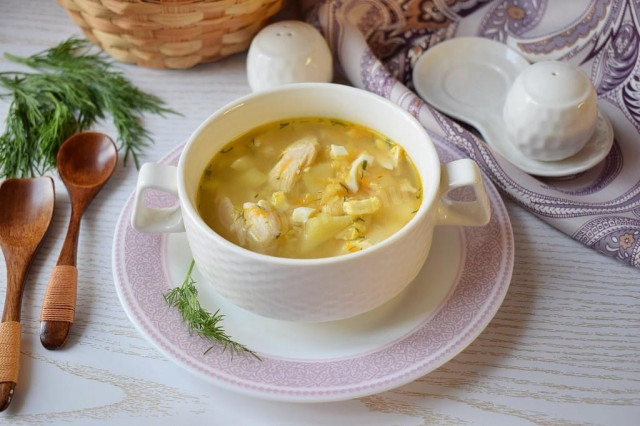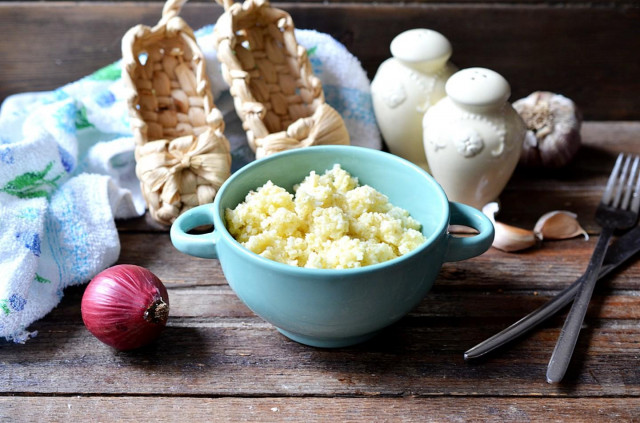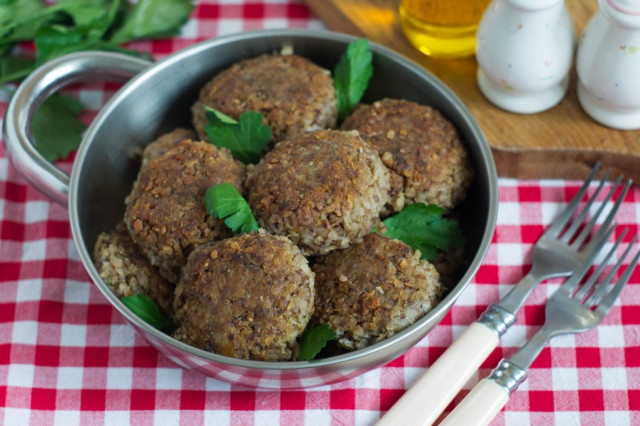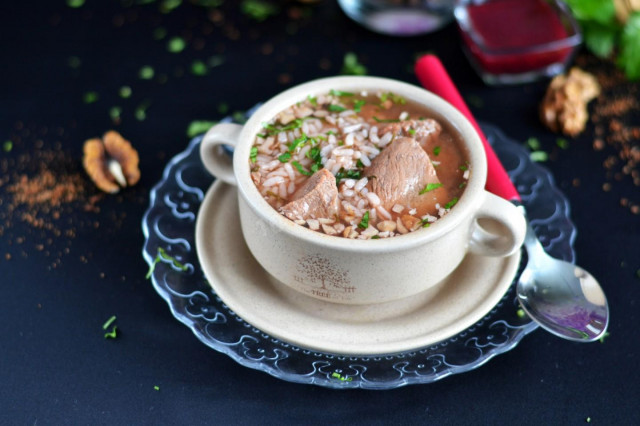Composition / ingredients
Step-by-step cooking
Step 1:
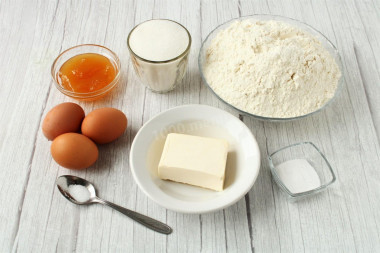
How to bake honey cakes for a cake? Measure out the necessary ingredients. Honey can be used both liquid and thickened.
Step 2:

In a small saucepan with a thick bottom, combine butter, sugar and honey.
Step 3:
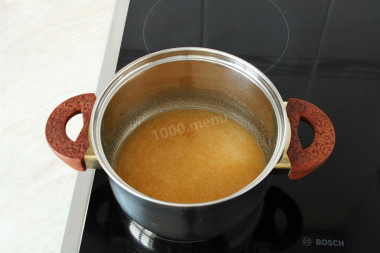
Over low heat, with frequent stirring, bring the mass to uniformity. The grains of sugar should completely dissolve.
Step 4:
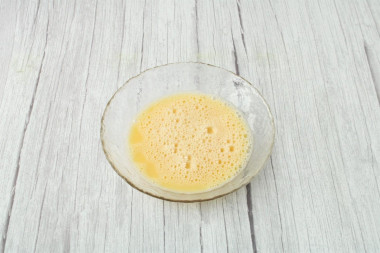
Separately beat the eggs until smooth. It is enough to use a fork or a whisk.
Step 5:
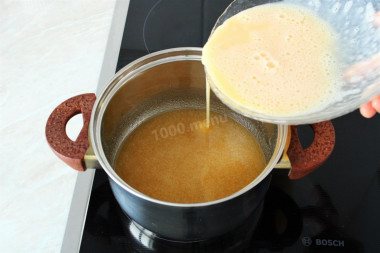
Pour a thin stream of beaten eggs into a saucepan with a sweet butter mixture. To prevent the eggs from curdling, be sure to actively mix the mass at this time. If there are fears that the eggs will curdle, you can brew the mixture in a water bath. To do this, pour water into a larger saucepan, put a saucepan with a mixture on it. The water should boil moderately and not touch the bottom of the upper pan.
Step 6:

Bring the mixture over low heat with constant stirring until slightly thickened.
Step 7:
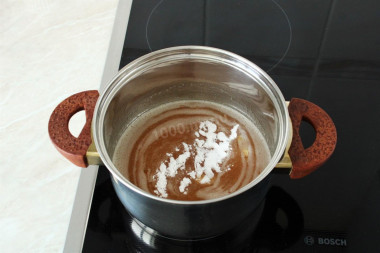
Add soda, mix well.
Step 8:
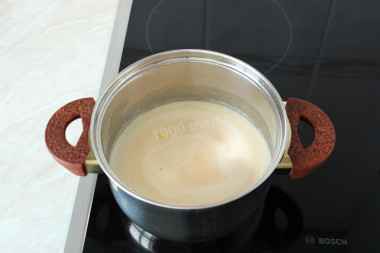
The mass will start to foam a little. After 1-2 minutes, remove the pan from the stove.
Step 9:
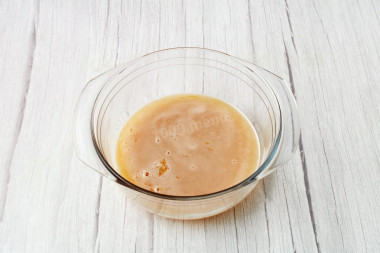
Cool the mixture to a slightly warm state. To make it happen faster, pour it into a container where you will knead the honey dough.
Step 10:
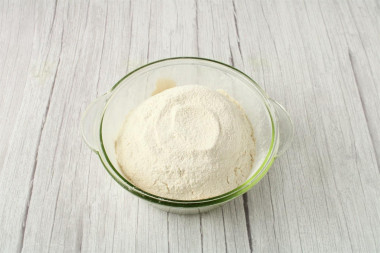
Sift the flour through a sieve to clear it of possible unnecessary particles and saturate it with oxygen. Thanks to this, the dough will be more homogeneous and the cakes will rise better during baking.
Step 11:
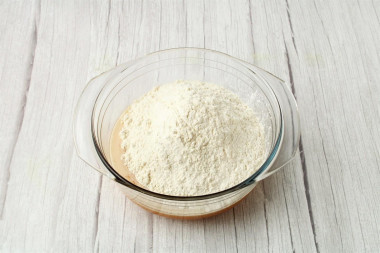
Pour most of the flour into the cooled mass, mix first with a spoon. Depending on the properties of the flour, it may take more or less, so do not add all the flour at once.
Step 12:

If the consistency of the dough is not thick enough, add a little more flour. But do not overdo it so that the dough does not turn out tight.
Step 13:
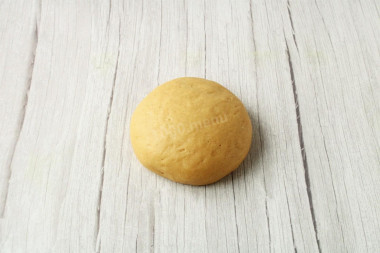
The dough should be soft, pliable, slightly sticky to the hands. If the dough collected in a ball does not hold its shape very well, this is the right consistency for honey dough. The cakes will turn out crumbly and will not be hard.
Step 14:
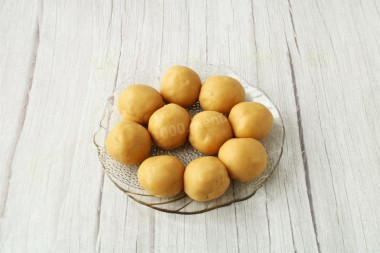
Divide the dough into 10-12 parts, roll up the buns. Cover the dough so that it does not dry out.
Step 15:
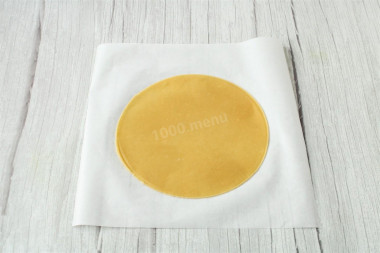
Roll out each part of the dough into a thin round layer. You can do this immediately on parchment. Trim the edges of the cake with a plate of the desired diameter. I have a diameter of 20 cm cakes. You can flatten the cake after baking.
Step 16:
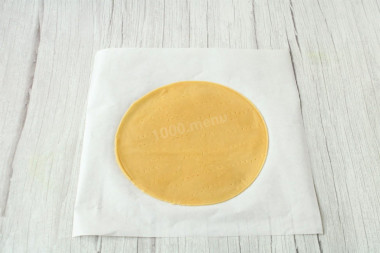
To prevent the cake from swelling during baking, prick it with a fork. I did not do this with the rest of the cakes, since they do not swell with me.
Step 17:
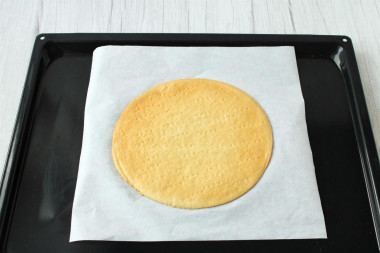
Bake the cake in a preheated 160-170C oven for 3-5 minutes. Cakes are baked very quickly, so do not go far from the oven so that the cake does not dry out. As soon as the edges are slightly browned, take them out. The baking time and temperature may be different depending on the specifics of your technique. If you trim the cakes after baking, then do it as soon as you take them out of the oven. After cooling, the cakes will be brittle.
Step 18:

Put the finished cakes on a flat surface. Combine the dough scraps and roll out another cake. It can be used for cake or browned better and crushed into crumbs. The crumb can be used to finish the cake.
Step 19:
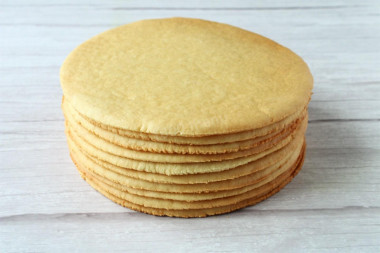
This time I did not make very thin cakes. If you need a smaller thickness, divide the dough into 11-12 parts. For honey cake, you can use any cream: sour cream, boiled condensed milk with butter or custard. It is better if the cake is soaked for at least 8 hours, then it will be especially tender. Enjoy your meal!
In order for the oven to have time to heat up to the desired temperature, turn it on in advance (10-20 minutes before the start of cooking).
Keep in mind that everyone has different ovens. The temperature and cooking time may differ from those specified in the recipe. To make any baked dish successful, use useful information about the features of ovens !
Caloric content of the products possible in the composition of the dish
- Chicken egg - 157 kcal/100g
- Egg white - 45 kcal/100g
- Egg powder - 542 kcal/100g
- Egg yolk - 352 kcal/100g
- Ostrich egg - 118 kcal/100g
- Honey - 400 kcal/100g
- Granulated sugar - 398 kcal/100g
- Sugar - 398 kcal/100g
- Butter 82% - 734 kcal/100g
- Amateur unsalted butter - 709 kcal/100g
- Unsalted peasant butter - 661 kcal/100g
- Peasant salted butter - 652 kcal/100g
- Melted butter - 869 kcal/100g
- Salt - 0 kcal/100g
- Wheat flour - 325 kcal/100g
- Baking soda - 0 kcal/100g

